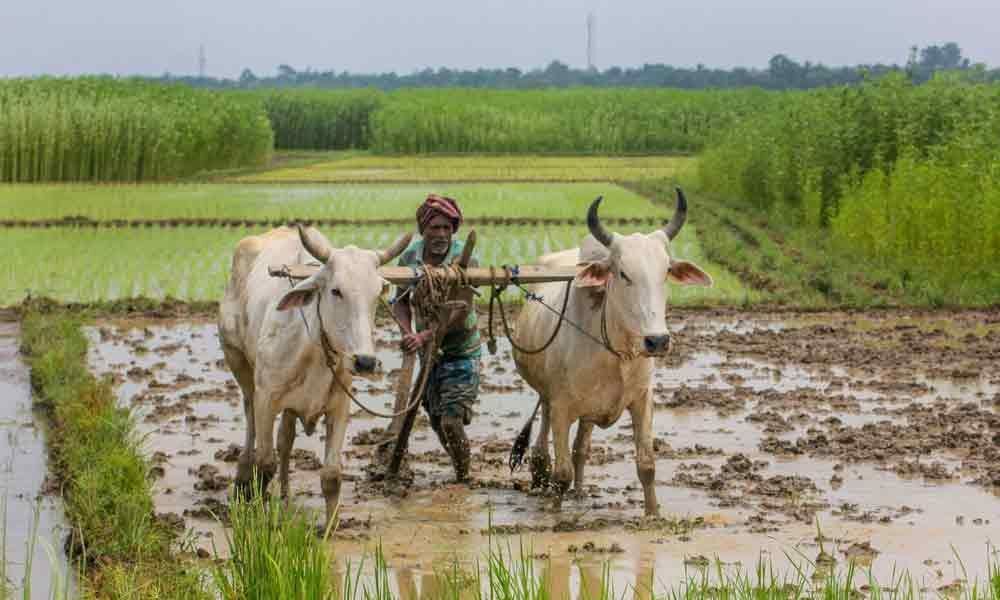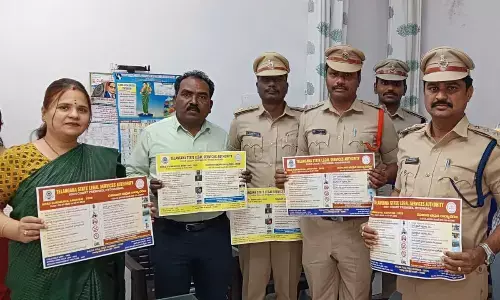Har Ghar Jal: Fast-depleting groundwater reserves being mapped
 A farmer prepares land for cultivation during Monsoon season, in Nadia district of West Bengal on Tuesday
A farmer prepares land for cultivation during Monsoon season, in Nadia district of West Bengal on TuesdayWith water fast becoming a stressed resource and the Narendra Modi government focusing majorly on water conservation and accessibility -- as part of ‘Har Ghar Jal to provide water to every household, a major work on mapping the fast depleting groundwater reserves is on across the country.
New Delhi : With water fast becoming a stressed resource and the Narendra Modi government focusing majorly on water conservation and accessibility -- as part of 'Har Ghar Jal to provide water to every household, a major work on mapping the fast depleting groundwater reserves is on across the country.
India has 447 billion cubic metres of replenishable groundwater reserves, of which 60-70 per cent goes off in irrigation. The government has launched mapping of the groundwater reserves of the 24 lakh sqkm of mappable area, of which 10 lakh sqkm has been mapped, and the rest will be completed over the next year or so.
The data would be useful in formulating policy regarding groundwater reserves and to utilise it carefully. Despite having major dams, the dependence on groundwater has continued over the years.
The following data says it all: Around 85 per cent of irrigation needs is met by groundwater; 80 per cent of rural drinking water needs is met by groundwater while 55 per cent of the urban drinking water source is groundwater.
While depletion of surface water is visible, in the form of shrinking or drying up water bodies like ponds and rivers, in the case of groundwater it is invisible as it is deep underground.
But it is not an infinite source of water, and its replenishment is slow.
Groundwater is a precious resource and the challenges of its fast depletion are being tackled by the government under the new Jal Shakti Ministry -- the merged entity comprising the earlier Drinking Water and Sanitation, and the Water Resources and Ganga Rejuvenation ministries.
India's per capita availability of water is 1,400 cubic metres per year, while it gets 4,000 billion cubic metres in the form of precipitation, like rain and snow.
With most of the rainfall flowing off, the focus would now be on how to best utilise the water resources, through localised rain water harvesting in cities and homes.
As part of the water conservation efforts, Prime Minister Modi had written to over 2 lakh village heads (sarpanches) last month to conserve rainwater during the monsoon. The letters were hand delivered to each sarpanch.
While the water availability presents an alarming picture, there are many good initiatives taking place across the country and could be learning points.
In Rajasthan, the traditional form of rainwater harvesting, of building storage tanks under the house, called 'tanka', are very effective in conserving water.
Among other measures would be to improve the water use efficiency of dams, as most of the water used in farming through dams is lost through leakages and evaporation.















